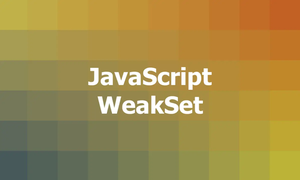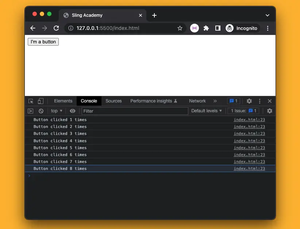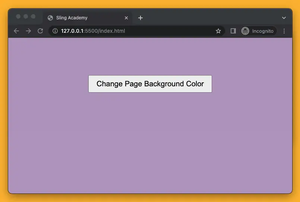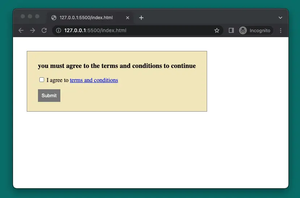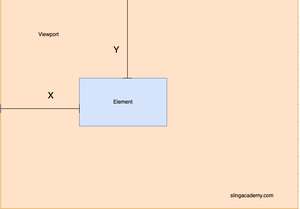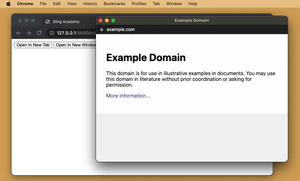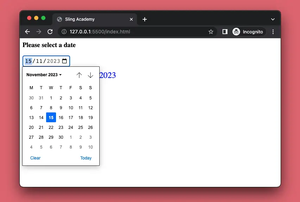In JavaScript, iterating over a Map object can be useful for many tasks that involve accessing, modifying, or manipulating the key-value pairs. This practical, code-centric article will walk you through a couple of different ways to do so (some of them are variations or combinations of the others).
Using a for…of loop
You can use a for…of loop to iterate over a given Map object. The loop will iterate over each key-value pair in the Map object.
Example:
const myMap = new Map([
['key1', 'value1'],
['key2', 'value2'],
['key3', 'value3'],
['key4', 'value4'],
]);
for (const [key, value] of myMap) {
console.log(key, '--->', value);
}Output:
key1 ---> value1
key2 ---> value2
key3 ---> value3
key4 ---> valueUsing the forEach() method
The forEach() method executes a callback function for each key-value pair in the Map object in insertion order. The callback function receives 3 arguments: the value, the key, and the Map object itself.
Example:
let map = new Map([
['Sling', 'Academy'],
['Foo', 'Bar'],
['Hello', 'Moon'],
]);
map.forEach((value, key, map) => {
console.log(`key: ${key}, value: ${value}`);
});Output:
key: Sling, value: Academy
key: Foo, value: Bar
key: Hello, value: MoonThis approach is simple and concise, but it does not allow breaking out of the loop or returning a value from the callback function. It also does not support asynchronous operations or promises.
Using the Map.keys() method
You can use the keys() method to get an iterator over the keys of the Map object, and then use some kind of loop to iterate over it. This approach is neat and useful when you don’t care about the values.
Example:
let map = new Map([
['a', 1],
['b', 2],
['c', 3],
]);
let keys = map.keys();
// loop over keys with a while loop
while (true) {
let result = keys.next();
if (result.done) break;
console.log(result.value);
}Output:
a
b
cThis approach is flexible and expressive, but it may require additional variables or destructuring assignments to access the key-value pairs. It also supports breaking out of the loop or returning a value from the loop body. It also supports asynchronous operations with async/await.
Using the Map.values() method
Similar to the previous method and having the same advantages, but instead of getting keys, this approache calls the values() method to get an iterator over the values of the Map object.
Example:
const map = new Map([
['b', 'blue'],
['r', 'red'],
['g', 'green'],
]);
let values = map.values();
for (let value of values) {
console.log(`value: ${value}`);
}Output:
value: blue
value: red
value: greenUsing the Array.from() function
You can use the Array.from() function to convert a Map object or its iterator to an array, and then use a for loop or Array methods such as forEach(), map(), filter(), etc.
Example:
let myMap = new Map([
['I', 1],
['II', 2],
['III', 3],
['IV', 4],
['V', 5],
]);
let arr = Array.from(myMap);
arr.map(([key, value]) => console.log(`${key} --> ${value}`));Output:
I --> 1
II --> 2
III --> 3
IV --> 4
V --> 5This technique is versatile and powerful, but it may also cause losing some information or functionality of the Map object, such as insertion order, non-string keys, etc. It also creates an extra array that may consume memory space and affect performance.

